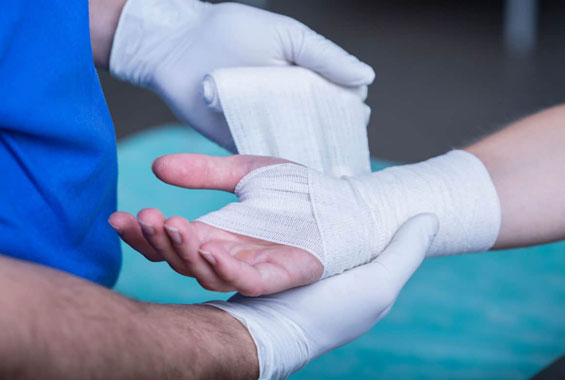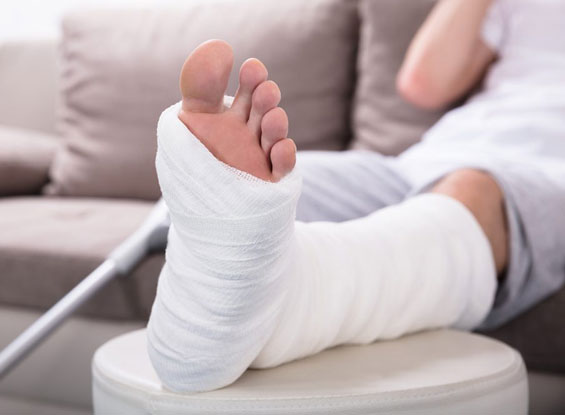In the wake of an accident, victims are left with costly injuries with prolonged disabilities or even death. According to the Center for Disease Control, lifetime medical and work loss costs associated with injuries in the United States were $671 billion in 2013 and continue to rise. Over 3 million people are hospitalized, 27 million people are treated in emergency departments and released, and over 192,000 die because of unintentional injuries each year.
Causes of injury include car accidents, truck accidents, product failures, premises accidents, workplace accidents, motorcycle and bicycle accidents, and even sexual abuse, which may have an even greater psychological and emotional impact than traditional physical injuries.


Not all people in an accident suffer an injury. It depends on a variety of factors. The force of impact or movement on a person’s body can affect the nature and severity of the damages. The larger the impact, the more likelihood for significant damages. Age can also be a factor as older people are generally at a higher risk. The same is true with people who have a pre-existing condition exacerbated by the trauma such as bone or joint disorders or underlying anatomical disorders.
Personal injury treatment options depend upon the type and severity of injuries. Some injuries can be treated with rest and ice. Others may require medication, rehabilitation, surgery, or even hospitalization. It all depends on what happened and to whom. Complications of untreated or poorly managed injury can be serious, even life-threatening. You can help minimize your risk by seeking immediate medical treatment.


Healing takes time. The time for an injury to recover will depend upon primarily the nature and location of the injury. Some heal while others do not. For example, a person who suffers a traumatic brain injury will likely see improvements for the first 18-24 months. After that, therapy is focused only on accommodating the residual deficits. The same can be true of burns and spinal cord injuries where, despite appropriate medical treatment, the residual losses may never come back.
Luckily, however, bones and other minor muscles injuries can resolve in a few weeks to months while tendon and ligaments take months to a year. If surgery is required, the healing and rehabilitation likely extends the recovery period. Other factors that also come into a speedy recovery are the person’s general health, proper treatment, immune response, age, sleep habits, stress, and nutrition.
There are several categories of damages that a person who suffers an injury can recovery when caused by someone else. The first category is medical expenses.
They also may pursue money for all the earnings they will lose as a result of the injury, and the cost of future medical treatment, which can be significant depending upon the injury and its prognosis. Anticipated future medical care ranges from additional therapy, medication management, surgeries, durable medical equipment, health care professional appointments, diagnostics, and even attendant care or skilled nursing.
Finally, the injured victim is entitled to money for loss of quality of their life. Examples of non-economic damages include:
There are no fixed standards in determining the amount that should be award in place of the damages suffered. The jury, instead, is asked to exercise their judgment and common sense in coming up with a reasonable number that will compensate the victim for all the losses suffered.
